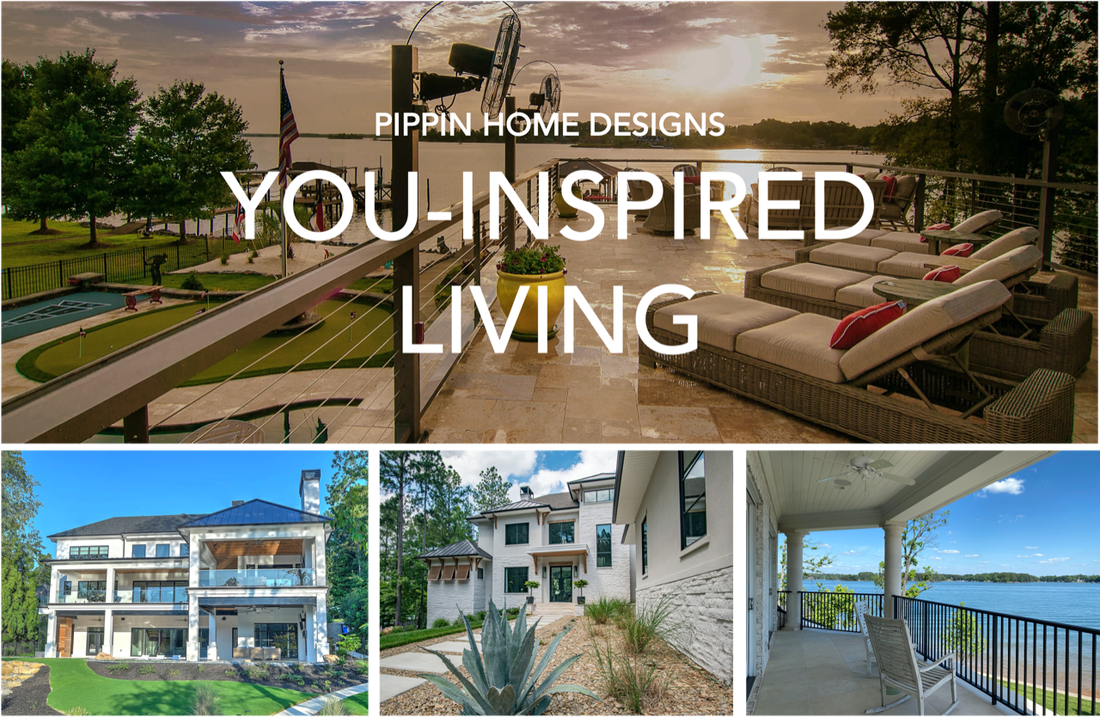

Proactively support your body by designing health right into your home!
By reducing the amount of time and effort required to care for your body, you’re able to prevent many physical ailments BEFORE they become debilitating.
In this blog, I discuss how the human body is designed to heal itself with a few core requirements! I share specific examples of how you can design these core elements right into your home! Finally, I offer home solutions for supporting many inevitable physical ailments.
The Human Body is Designed to Heal Itself
In modern cultures across the world, people have a tendency to push their bodies far too far, demanding performance even when they’re exhausted, undernourished, stressed or fatigued.
Over time, these demands lead to subtle changes and the body responds by communicating that something is off, begging you to pay attention before it’s too late. New pains emerge, some are persistent while others are able to be managed with physical therapy, massage, and perhaps a cocktail at the end of the day. You’re busy! I get it! Work has to get done; you don’t have the luxury of taking naps in the middle of the day and getting to the gym can feel impossible. However, a simple shift in awareness about how the human body functions can unlock the secrets to your health.
The function of the human body is to continuously heal itself. You see this firsthand when you scrape your knee and over time you witness the healing process your body is capable of, perhaps with the assistance of a bandage.
As Functional Medicine Dr. Lundquist explains “our bodies are in a constant state of removing damage and producing new, healthy tissue”. He explains that though the human body naturally and constantly works to heal itself, it needs support much like the use of a bandage for a wound. “We know that your body needs adequate high-quality sleep, healthy foods, and exercise”, says Dr. Lundquist. “Various types of stress and toxins cause harm. Even your mindset can impact your health. Most people unintentionally do things every day that injure their body without being aware of it”.
Your HOME can be viewed much like a
bandage for your body, protecting you from harm, and helping you heal from an injury.
How to Proactively Design for the Body
Clean air
Considering how much time you spend inside (up to 93% of your life); indoor air quality is paramount to your health. Recently, the topic of clean air has hit mainstream media, but only pertaining to the pandemic in an attempt to stave off air contamination of covid-19. Nonetheless, the topic is finally on the table and I’d like to take it to the next level. Since the Industrial Revolution, the insides of our homes have become increasingly polluted. According to EPA studies, it’s been found that indoor levels of pollutants are typically between two to five times HIGHER than outdoor levels, and occasionally more than 100 times higher!
Approximately 30% of new and remodeled buildings across the globe are causing illnesses attributed with poor indoor air quality. Sick Building Syndrome is a condition in which building occupants experience acute health issues directly related to time spent in the “sick” building.
Short term exposure can result in irritation of the eyes, nose, and throat, headaches, dizziness, and fatigue. Long term exposure can cause more serious and potentially fatal conditions like respiratory diseases, heart disease, and cancer! We know for a fact that indoor pollutants can harm us, however there is uncertainty about what concentrations or periods of exposure are necessary to produce specific health problems. Because of this uncertainty, it’s imperative that you improve the indoor air quality in your home even if symptoms are not yet noticeable.
How to improve Indoor Air Quality (IAQ)
Achieving good IAQ is complex and requires the understanding that the home operates as a system (much like the human body). The HVAC system in each house needs to be specifically designed to meet all the unique requirements of the individual house. I encourage my clients to retain the services of a qualified HVAC designer as part of their Team to assure the system is designed correctly from the beginning. Otherwise, you run the risk of needing an expensive highly detailed forensic analysis to determine what the issues are later on if your home becomes “sick”. If you know your home has this issue, we recommend engaging the services of Energy Innovations by Harry Boody to assist you in resolving your IAQ issues. Please reach out to us HERE to be connected to this IAQ specialist.
Designing for clean air
problems, memory loss, depression, anxiety, and even reproductive problems.
Clean water
The human body is made up of 60% water. It seems like a given that the water flowing from your tap should only be the purest combination of hydrogen and oxygen molecules needed to support your body. Unfortunately, this is not the case. According to a 2020 article posted by Duke University “North Carolina’s drinking water is at a higher risk for contamination because of the variety of industrial and military sites in the state”. What exactly is in your tap water? PFAS (Per- and polyfluoroalkyl substances) are bio-accumulative chemicals that have been around since the 1940’s, found in drinking water, food, and household products (like the “nonstick” coating of Teflon cookware). Some chemicals are intentionally added to the municipal water supply: fluoride and chlorine while other toxins seep into the groundwater or through the pipes carrying treated water into your home: lead, arsenic, copper, perchlorate, nitrate, manganese, and mercury. Why you should care! These substances can cause a number of health issues including cancer, liver damage, thyroid disease, hormone suppression, obesity, and high cholesterol.
Designing for clean water
Healthy diet
We all know that convenience foods and eating out is not the healthiest way to feed the body. Fortunately, the kitchen is often the center of the home and the hub of daily activities. When cooking at home is made to be enjoyable it’s far easier to obtain a healthier diet.
Designing for a healthy diet
Restful sleep
The bedroom is the most important room of the home! It’s where we sleep to rejuvenate ourselves at the end of each day.
Quality sleep lends to a quality life.
Designing for restful sleep
Read more about how to design for the best sleep of your life in Energize & Harmonize Your Home.
Exercise
A stationary life is a short life. You’ve heard about the importance of exercise ad nauseum, however getting the ideal type and duration of movement is challenging. The convenience of 24/7 access to spaces designed for exercise right in your home make it easier to get the cardio needed for a healthy heart and the strength required for improved vitality.
Designing for exercise
So, What if Your Body Fails You Anyway?
Let’s face it, most if not all of us will experience some form of debilitating pain, whether from an accident, some form of degenerative disease, or simply from hitting those golden years that can feel anything but golden.
You may have eaten all the healthy food, drank all the clean water, exercised regularly and yet, here you are, struggling to pick yourself up off the couch. Now what? Your home is often the ONLY thing that can support you in these moments!
Accessible and Universal Design
Accessibility in reference to home design is a term coined in 1990 with the passing of the Americans with Disabilities Act. The intention of Accessible Design is to meet the needs of people with disabilities.
Examples of Accessible Design include the following:
Universal Design is a newly emerging technique that considers ALL the physical limitations of the human body. The goal is to make life easier for the greatest number of people possible. It takes into consideration the height of the occupants, children’s dexterity issues, multitasking behaviors, and aging bodies.
Examples of Universal Design include the following:
For more NO ADDITIONAL COST options read Accessible & Universal Design: Why Now vs Later?
Featured Solution
One of our favorite solutions is designing for an in-home elevator! Many of our clients love their 2 and 3 story homes with wide sweeping views from the higher elevations, yet they recognize the impending difficulty of accessing these levels as they age in place.
The in-home elevator is the perfect solution! Though many of our clients don’t require an elevator just yet, they still choose to plan for one in the future. How do we do this? We design stacked closets on each level of the home. The closets are a minimum of 5ft x 6ft, big enough to serve as an elevator shaft. The closets are prewired and pre-framed for the mechanics of an elevator. Knock-out flooring is used allowing an easy transition from closet space to elevator shaft when ready for installation. Why plan for this ahead of time? The expense and challenge of adding an elevator later down the line is often too great. Sometimes the only solution is to add an elevator to the exterior of the house, which is expensive, far less convenient, and often does not blend well with the existing architecture. Pre-built elevator shafts have become a valuable asset if/when it comes time to sell the home. Even if you never need to install the elevator, large closets on each floor are always beneficial.
Thoughtful planning ahead ensures your home
will support your health now and transition gracefully as your physical needs change.
I intend you find the support your body deserves.
Inspired by YOU,
Jenny Pippin, CPBD, FAIBD, CGP
Pippin Home Designs
0 Comments
Leave a Reply. |
AuthorI am Jenny Pippin, founder of Pippin Home Designs and creator of my own inspired living. I grew up as an ordinary southern girl, working in the fields of my family’s tobacco farm. It didn’t take me long to realize I had greater gifts and so I chose to step into my power and create my own path in life, inspired by my heart’s true passion. (More on my personal story HERE!) Archives
February 2024
Categories
All
|
Copyright 2020. Pippin Home Designs. All rights reserved.
ARCHITECTURAL DESIGN COPYRIGHT NOTICE
1987-2024 Copyright. Jennifer B. Pippin FAIBD, CPBD. Pertaining to all home designs, drawings, and photographic imagery of completed designs
presented herein. No part of the contents of the design work presented on this website may be reproduced or transmitted in any form or
by any means, electronic or mechanical, for the purpose of replication or adaptation. This material is intended to provide accurate and
authoritative information about the design abilities and expertise of Jennifer B. Pippin FAIBD, CPBD and Pippin Home Designs.
ARCHITECTURAL DESIGN COPYRIGHT NOTICE
1987-2024 Copyright. Jennifer B. Pippin FAIBD, CPBD. Pertaining to all home designs, drawings, and photographic imagery of completed designs
presented herein. No part of the contents of the design work presented on this website may be reproduced or transmitted in any form or
by any means, electronic or mechanical, for the purpose of replication or adaptation. This material is intended to provide accurate and
authoritative information about the design abilities and expertise of Jennifer B. Pippin FAIBD, CPBD and Pippin Home Designs.

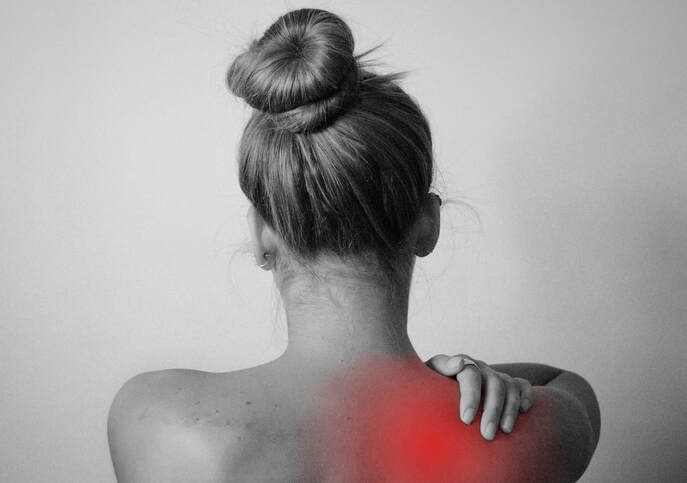

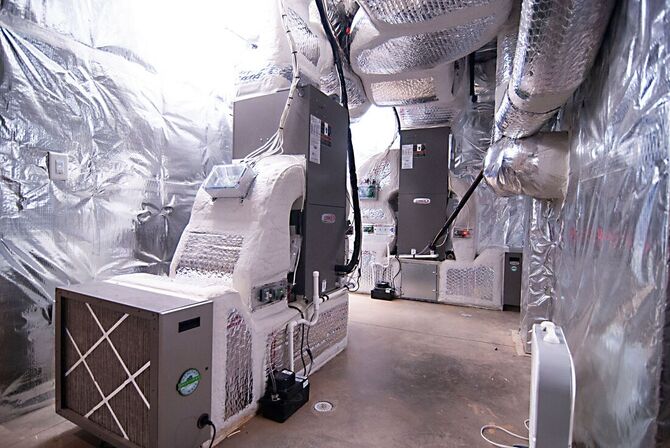
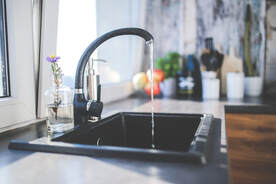
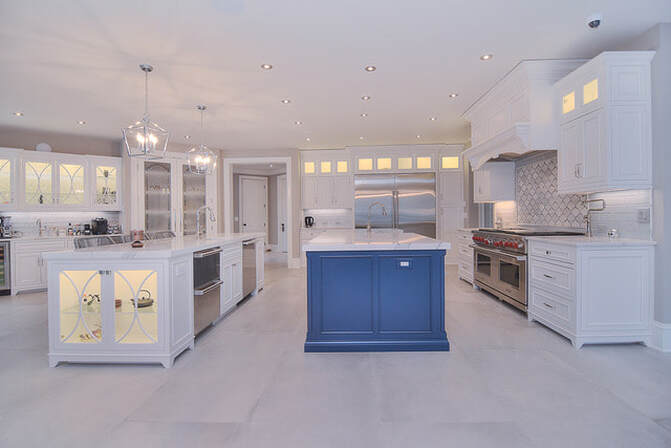



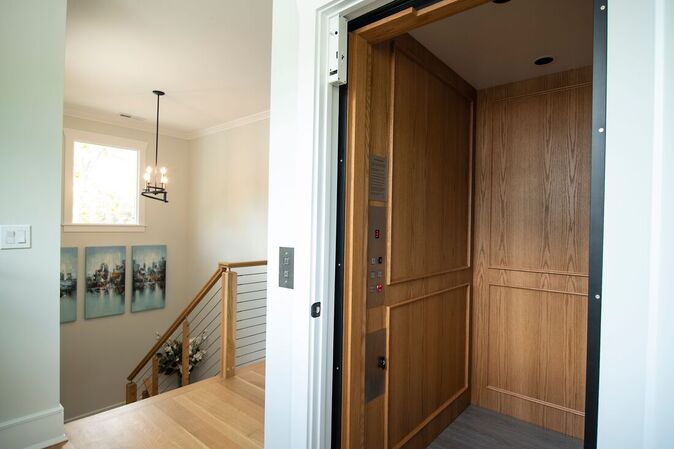



 RSS Feed
RSS Feed
